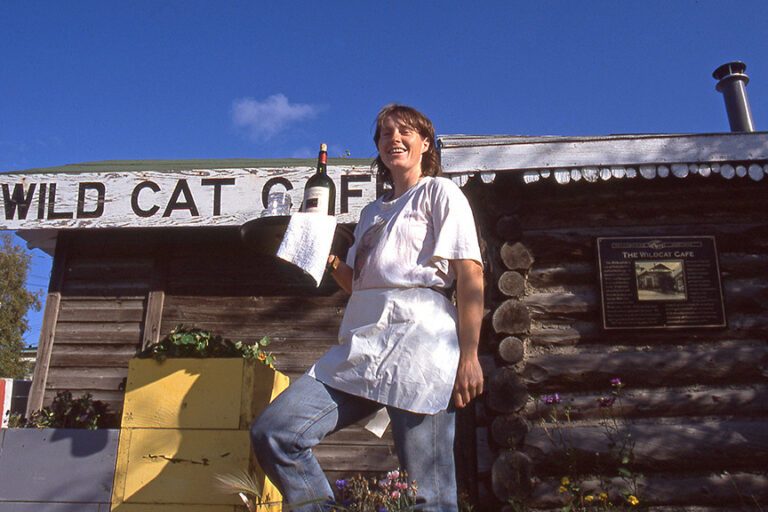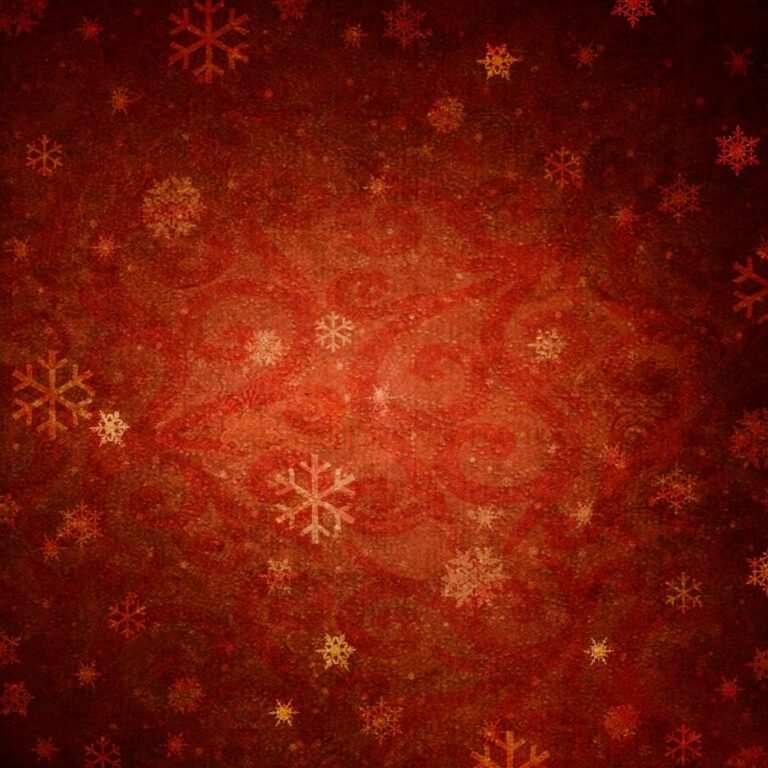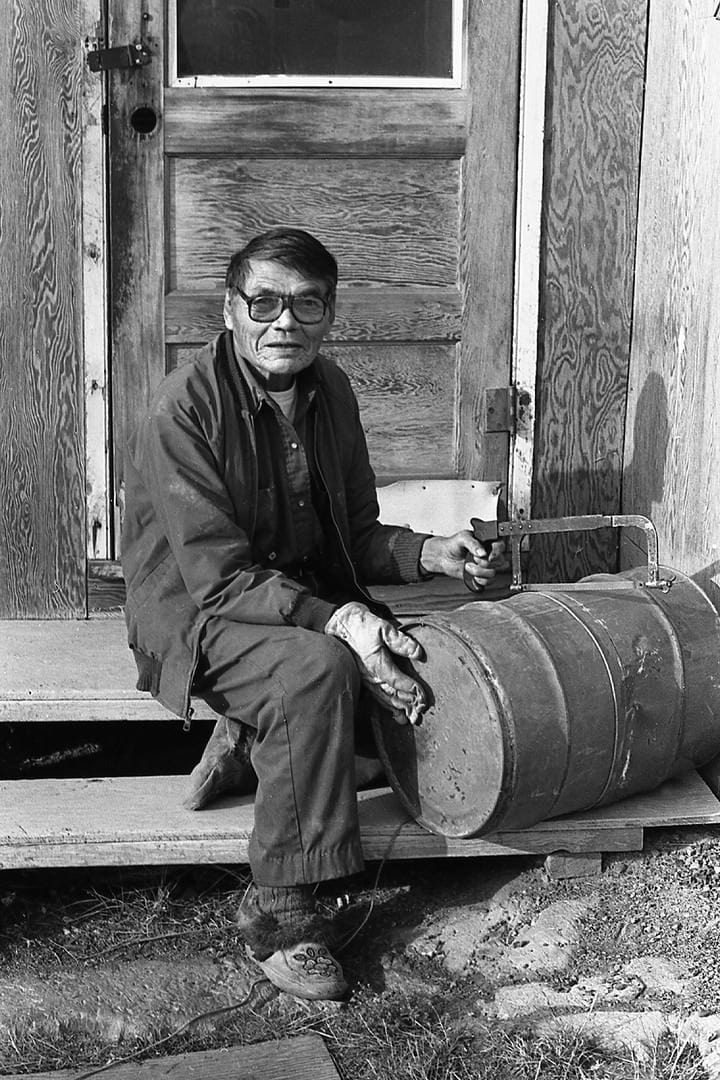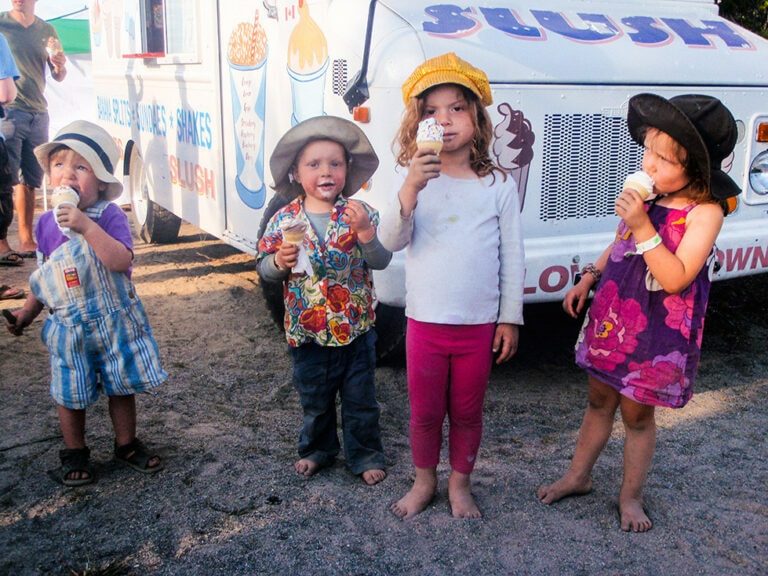You’re vacuuming the living room the afternoon she calls. The voice over the line is that of a good friend. “I have something to ask you,” she says, “but I would prefer to do it in person. Would you have time to meet for a coffee?”
So you meet on a fall afternoon. And there among the noise and din the cups steam, and the request comes: “I’m working on this photo project,” she begins. “It’s about scars… and I was wondering… ”
They were still ragged, angry things at that point, the scars. Six months earlier a surgeon had sliced you side to side, hip bone to hip bone. He’d taken what he could from beneath – some combination of fat and muscle lifted and moved to create form in the void; replacing the breasts you’d lost years before. Cancer’s handiwork had left you a network of lines: across your chest, your stomach, even your lower leg.
You know how judgmental and harsh humans can be. Do you really want to risk… that?
God, your leg. As if there hadn’t been enough carnage already. The surgery to re-build your breasts had nearly failed the first time. Within hours of coming out of the OR your blood refused to flow on the left side, the new mound blackening and dying. The surgeon, young and concerned, had said, “I have to take you back in, to fix it. And if the vein in there refuses to do its job, I’m going to have to take a vein from somewhere else…” In the end it was your leg that obliged. A jagged line now winds its way up your inner right calf.
Sometimes when you look in the mirror you’re a body unrecognizable. A maze. The slip of nylon thread holding you together still visible.
All of this she wants to photograph.
You say yes right away. It will be months before you think about what you’ve actually agreed to. You’ve known her for so long, that you trust her. And whether or not you realize it at the time, somewhere, deep inside, you want someone to see it all. You want to force breast cancer out from behind its long pink shadow, the cliche it has become: wear a headscarf, run a marathon, get better. The woman with the camera offers some kind of legitimacy to this thing you’ve been carrying for so long.
Because the scars have been too much some days.
That wedding shower a few years ago of well-meaning women and a dress code you couldn’t possibly meet. “Little black dress,” you were told. You didn’t own one. At least not one that fit. You were a hollowed out thing then – the years before the reconstruction. They showed up pushed up and poured in. You simply showed up. There were 20 awkward minutes before you headed for the door, and a meltdown before you reached the car.
And you’ve heard them in the evenings, glasses tinkling on girls night. Sat uncomfortable at Thanksgiving dinners while the pregnant one, or the one with the newborn, goes on and on about breastfeeding. Talking about how hard it was… just so hard. You realize they too are entitled to their story. But too many times you wish someone would change the subject. You’re tired of being polite.
And the scar is a razor digging into you, a feeling of being branded for life for something you never asked for. And you’re fighting the voice that comes seething and hulking over your shoulder from time to time, whispering: anger, bitterness.
But somewhere in your long lost evangelical Christian past you believe someone must have called out to Jesus on your behalf. Some kind of mercy seems to have spared you.
And so the photographer comes with her lenses.“Wear black,” you’re told – again. “Just on the bottom, so you’ll blend in with her background.” But this time black fits you. You can own this version of black. She snaps, moves and adjusts. You are headless and faceless. You are a body everywhere. And you begin to see your story somehow differently as she works. You don’t feel invaded or violated. Instead, you’re legitimized, no longer the outsider but instead the centre… of something.
A few years later she explains she wants to exhibit these pictures. Are you OK with that?
Yes, yes of course.
You think no more about it, until a few weeks before you and your naked scars are to go up on the wall – you panic.
And another voice comes, one from the past that you hear only occasionally now. The cruelest voice of the thing. “I don’t know why you’re so upset about having a mastectomy anyway Sonja… I mean, they’re just appendages.”
You know how judgmental and harsh humans can be. Do you really want to risk… that?
You worry about how they will talk. How they will judge. How if THEY had had breast cancer, how they would have done this or that. How they wouldn’t have wanted a reconstruction or that they would have. How they would have had had a mastectomy or not had a mastectomy. How it wouldn’t bother them at all to lose their breasts.That they would never show anyone their scars. How they would never in a million years be able to pose like that…
They have these conversations blissfully unaware that cancer is not a narrative you can control.
That the great “they” takes over only after you’re diagnosed, when doctors and some loose collection of experts start guiding you on how to save your own life.
So now, you need a favour. “I need to see them,” you write to her, “all big and blown up, like they will be in the exhibit”. You need to see the photos before they, before you, are available for public consumption.
And there you are. Huge and fleshy and full of lines. You are completely and utterly exposed.
For a moment you wonder what has become of you through all this. That honestly – you would have never, ever have had your body exposed like this if it was “before”.
But before is gone.
This is you now. This is who you are.
What she has given you in these images is evidence of some kind of healing; about how necessary scars are. That without them – we never really heal. Limping around instead, wounds gaping, we ooze on those around us: we become overly critical, co-dependant, defensive, abusive. We drink too much, we eat too much, we don’t eat enough. We close off. The angry and ragged stands for all of this.
Because eventually, the scars take their final shape. They are new forms. And you are too. And there is beauty in that. Long streaks representing not loss but a gain. And what gave you your life again.
On the night you’re displayed, a man you do not know comes up and tells you you are his hero. Another woman tells you how much your experience has spoken to her. And it goes on and on. These are the voices now.
And what do you say to that?
Because now you understand that whatever myth you had convinced yourself of, that the whole world is somehow full of scarless masses except yourself, isn’t true. That no one escapes unscathed, not really.
Yes, some are deeper, stronger, wider.
And some, are simply more visible.
Thin filaments hold many of us together.







